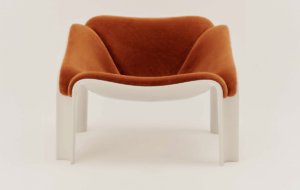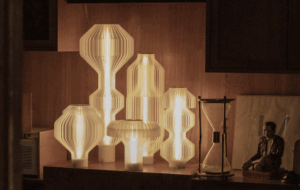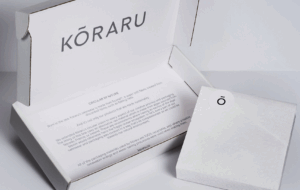A positive outlook is imperative to change, and it is encouraging to see many brands and designers still actively working towards a circular future
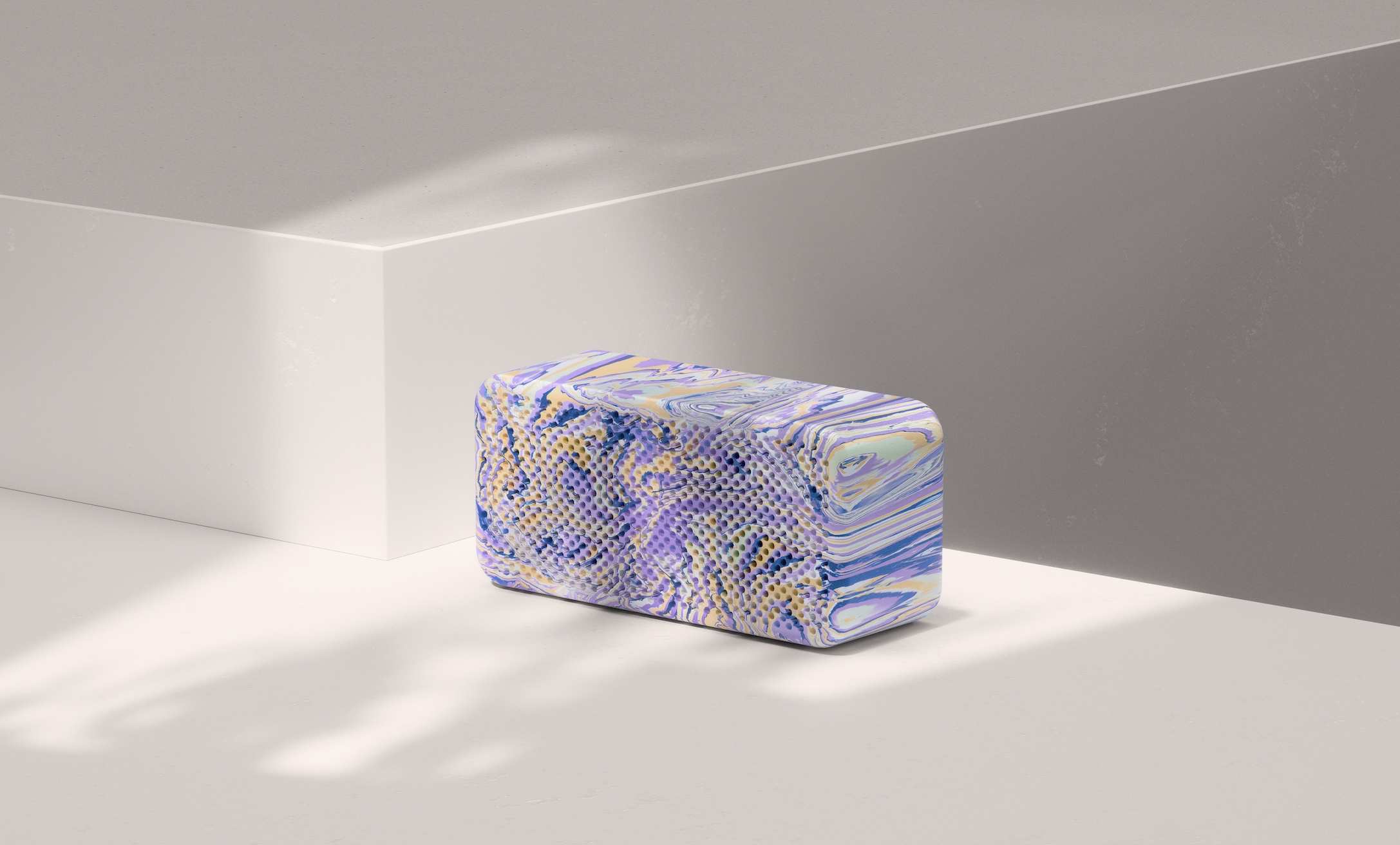 Photography courtesy of GOMI
Photography courtesy of GOMI
Words by Roddy Clarke
While I am a stubborn optimist, it has been hard to ignore the ever-increasing impacts of climate change in recent years and months. However, in also being someone who knows only too well the pressure of “eco-anxiety”, I take comfort in the brands and designers I meet on a weekly basis – each passionate to instil change into the world of design within the capacity they have.
A contentious issue, and rightly so with governments and larger organisations slow to respond, sustainability has been a buzzword within design and architecture for the past decade. But now, as education has increased and the pitfalls of greenwashing easier to recognise, is remaining hopeful too little, too late?
While many often mistake optimism for blind ignorance, it is critical to understand that positive change does not stem from fear but from a true belief in doing the right thing. ‘Hope is the precursor to action,’ comments Katie Treggiden, the author, podcaster and educator whose 3-part mini-course, Cultivating Hope in the Face of the Climate Crisis, examines how to find purpose in a world that can seem hopeless. ‘Change is only possible if we believe it is possible.’
For me, the glimmer of hope that I witness regularly from brands, designers, and activists all seeking to contribute to this pressing global issue, is what I hold onto. Knowing that I belong to an international community of citizens who envisage change, it spurs me on to respond individually with a positive input to the critical shift that is needed.
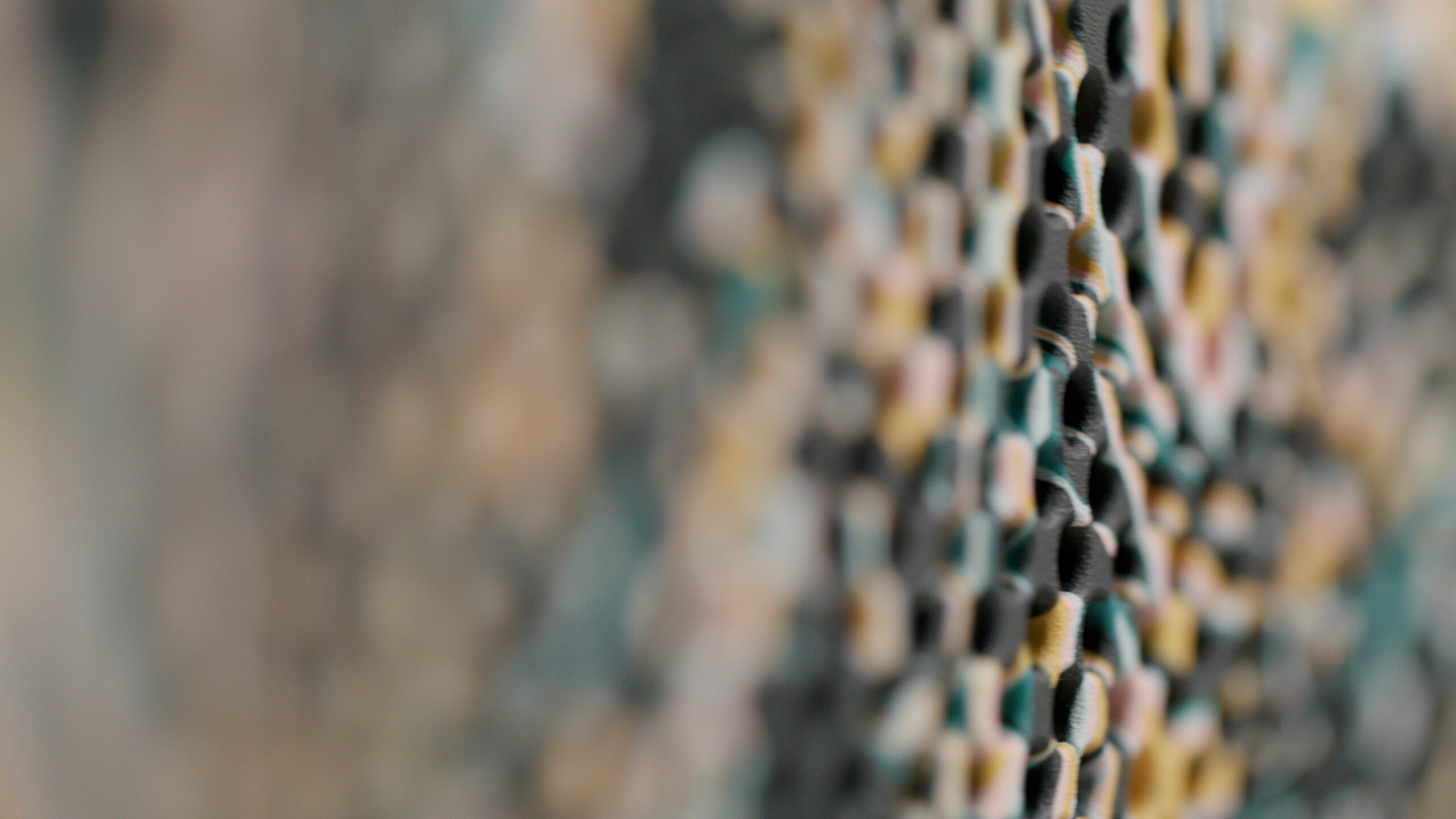 Photography courtesy of GOMI
Photography courtesy of GOMI
Looking over the past few years, especially through the shared experience of living within a global pandemic, the change that has occurred is undeniable. Not only from a knowledge perspective but also how the design world inherently thinks. Be it material innovation, the notable rise in the vintage furniture retail market or the increasing popularity of independent craft studios, conscious creativity is slowly replacing the desire for fast-paced trends and fashions.
The uptake from Gen-Z consumers, who according to a 2021 study are willing to spend more on sustainable products, is also a movement which many sectors are taking note of. So, while this is still just the beginning, I remain hopeful that a circular mindset will become the norm.
We have also learnt that a sustainable design world is far more complex than originally anticipated. Extending beyond a stand-alone ‘conscious’ collection, or a marketing campaign emblazoned with the words “compostable” or “recyclable”, sustainability has to be a governing principle which must guide and influence every decision we make.
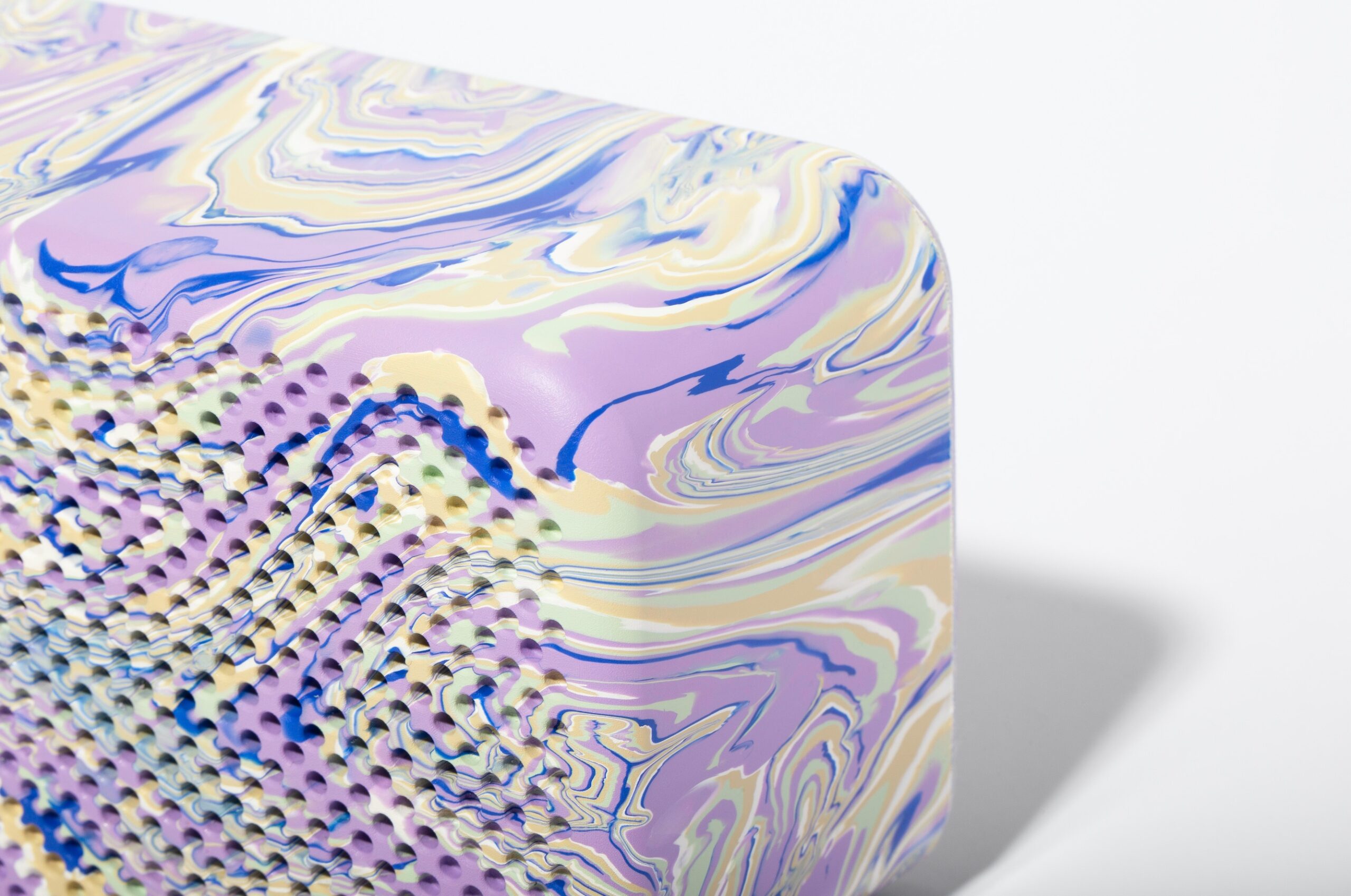 Photography courtesy of GOMI
Photography courtesy of GOMI
Be it Vestre’s use of fossil-free steel and the opening of its globally acclaimed factory development The Plus, the launch of vintage furniture app Narchie or the salvaging of plastic packaging from local stores to create contemporary home-tech products by GOMI, change occurs in a diversity of format and scope.
That’s why in this column I will be spotlighting both large and small-scale innovative change across the industry, as well as speaking to visionaries who are helping to disrupt the sector in a constructive way. In sharing these stories, I hope to impart a narrative of hope which, as Treggiden concludes, is an active choice we must make every day.
‘What we need is not just hope,’ she states, ‘but defiant hope!’ And, as her words fill me with courage to keep fighting for a greener future, it reminds me of the power we have in uniting together and championing our relentless drive for difference. @roddyclarkedesign
Get a curated collection of design and architecture news in your inbox by signing up to our ICON Weekly newsletter








